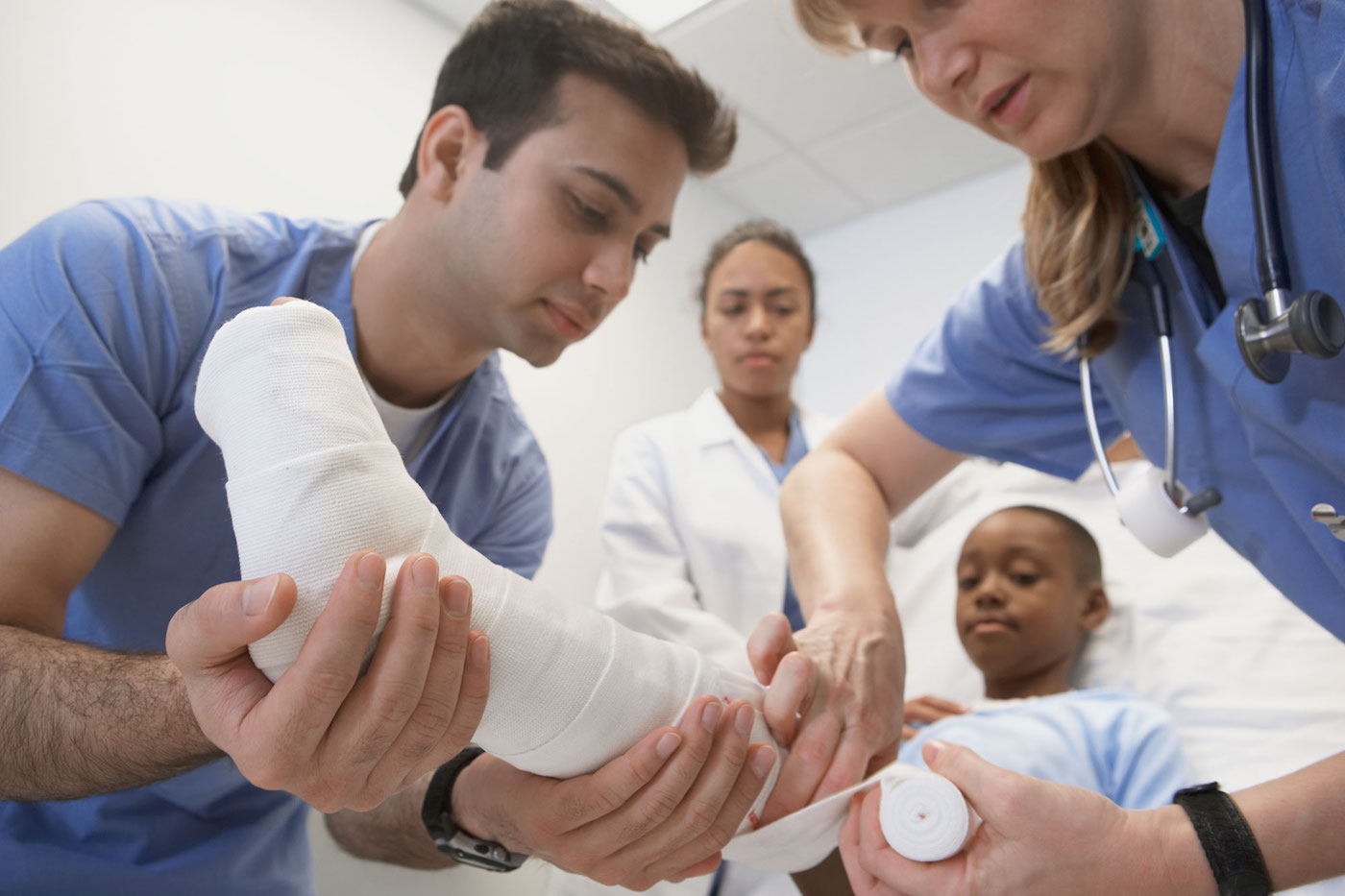By Joseph Chow, MD, President, Ambulatory Care
“Ouch! Did that seriously just happen?”
I was having a nice conversation with a patient while suturing up his finger. He was a chef and, of course, cut his finger while chopping onions. I was just about finished, and it looked nice. I was in the midst of cleaning up my mess when somehow the syringe fell and the cap came off and the needle directly hit my finger—where it temporarily stuck, and then fell off.
I felt the sharp needle stick immediately, but calmly finished what I had to do and then quickly excused myself from the room. Initially, I could not see anything. Could I have gotten so lucky that it did not break the skin? The thought was quickly dashed by the bubble of blood that oozed from the stick site.
D@#* it.
The disbelief began: “I have sutured hundreds of times and never had this happen before.” “I’m always careful.” “I teach students to be careful.” I could not replicate those events to fall and hit me directly even if I tried.
Then the questions began: “Is he clean?” “Am I going to get something transmitted to me?” “What about my wife and family?” Quickly you turn from clinician to a worried patient…“Should I even mention this?” A nurse who I have known for many years saw me and knew something was wrong. She asked what happened, and I just pointed to that bubble of blood that I had to keep wiping away.
Per our needle stick protocols, I eventually did get myself checked by the clinician working with me in between seeing patients. To boot, I checked the form to state full duty without restrictions for the rest of the shift, which did include more lacerations.
Three months later, I have had follow-ups with normal testing results. It is somewhat of a distant memory, but I do remember what I learned.
First, remember our patients bring thoughts (rational or irrational) and concerns. My head knew the likelihood of transmitting anything from that stick is exceedingly low, but I still thought it. It is our job to help alleviate not only physical discomfort but also emotional angst, and often that is what patients need. Even the most steadfast can become concerned in a snap during the course of an event they are not used to.
Next, ask for help. I am grateful for the nurse who recognized something was wrong and talked some sense into me. There was a chance that I may have just shrugged it aside. Do not be afraid to seek help, because there are plenty of resources out there for you. Last, as providers, we can be tough. We work hard, feel the pressures of caring for others and still keep plugging away. It’s noble work, but think of a plane trip: the directions are to put your mask on first before helping anyone else. Make sure you take care of yourself first so you will be more effective for everyone else.]
Clinicians, find out more about the opportunities you have to create an impact by joining TeamHealth.
